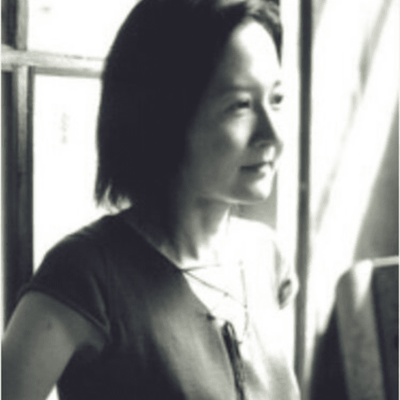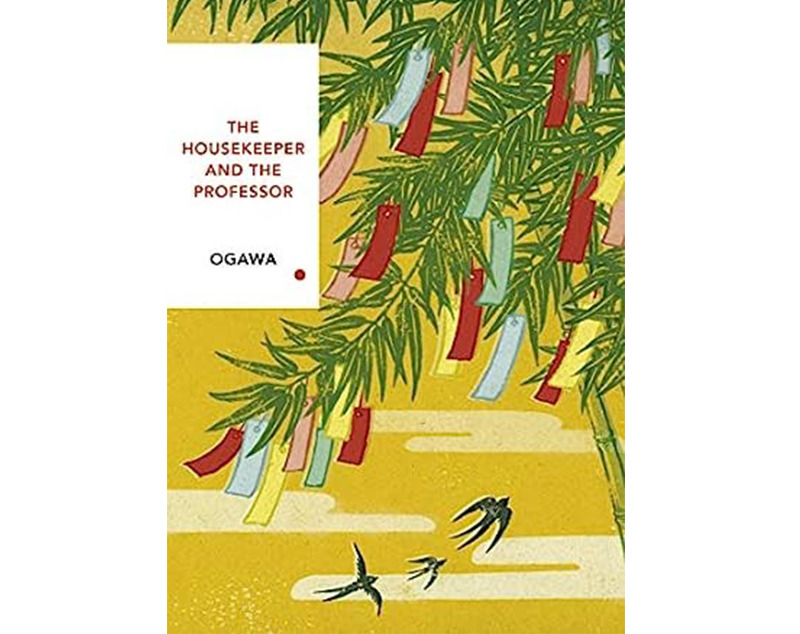By Tami Klein
Posted in ספרים, "מבט על החיים", books
Posted in books, perspectives on life
“So who was it? Who discovered zero?”
“An Indian mathematician; we don’t know his name. The ancient Greeks thought there was no need to count something that was nothing. And since it was nothing, they held that it was impossible to express it as a figure. So someone had to overcome this reasonable assumption, someone had to figure out how to express nothing as a number. This unknown man from India made nonexistence exist. Extraordinary, don’t you think?

www.sciencewritenow.com Yoko Ogawa
On my last trip to visit my son’s family in the USA, I discovered this little book in his library. I first read it some ten years ago and it seems that in my excitement then, I gave it to him as a gift. Thus, on my recent vacation I started reading it again, and was surprised about how captivating I still found the story. Rather, the storyteller.
This is the story of a young woman, a single mother, raising her son alone and supporting her small family by working as a housekeeper employed by an agency. There is another story – that of a mathematician, a genius, who lost his memory in a car accident. At any given time, he remembers only the events that have occurred in the last 80 minutes. And then everything is erased again! In the background, there is yet another story, the love between the mathematician and his sister-in-law (his brother’s wife), which is revealed by the discovery of a photograph showing the mathematician and his sister-in-law in their youth, in a hidden box, with the words “eternal love” written on the reverse. These three life stories are interwoven into a touching tale that brings the professor, the housekeeper and her son to life. As if that weren’t enough, the reader is also introduced to the stories behind famous mathematical equations, which form sort of a tense background.
How does a young woman like the author, Yōko Ogawa, (she was 40 years old when the book was written in 2003), manage to weave a life story, based on famous mathematical formulas? This was the first question I asked myself after reading the book about ten years ago, after it was translated into Hebrew in 2010. If you read the author’s biography, you will remain with the same question mark I have.
The characters in the book unnamed, except for the boy, who the mathematician calls “Root,” because his head is flat on top, like the mathematical square root sign:
A wonderful relationship is forged between the professor and the boy. The professor falls in love with the boy, is moved by his statements every time, as if it were the first, and cares for him, sometimes more than circumstances warrant. And the child? He picks up the loving threads woven around him and therefore returns great attention and develops a deep emotional bond over the years. Note that the title of this article, “Making nonexistence exist,” refers to the numeral 0…
“I feel empty when Root isn’t here,” I said.
I hadn’t really been speaking to him, but the Professor murmured in reply, “So, you’re saying that there’s a zero in you?”
“I suppose that’s what I mean,” I said, nodding weakly.
“The person who discovered zero must have been remarkable, don’t you think?”
“Hasn’t zero been around forever?”
“How long is forever?”
“I don’t know. For as long as people have been around – wasn’t there always a zero?”
“So you think that zero was there waiting for us when humans came into being, like the flowers and the stars? You should have more respect for human progress. We made the zero, through great pain and struggle.”
The novella is fascinating in its parallel revelation of two dimensions of time – the past that illuminates the facts of his history, thereby elucidating why the present is conducted in the manner described, and the professor’s fixation with the present in his life after the accident, in which time consists of only the last 80 minutes.
The story is told by the housekeeper in the first person; she also sheds light on the names of mathematicians, as if revealing secrets that simultaneously conceal and illuminate events in the story:
“The book was so heavy I needed to rest my arms for a moment before flipping back through the pages. I wondered about Leonhard Euler, who was probably the greatest mathematician of the eighteenth century. All I knew about him was this formula, but reading it made me feel as though I were standing in his presence. Using a profoundly unnatural concept, he had discovered the natural connection between numbers that seemed completely unrelated. If you added 1 to e to the power of p times i, you got

“I looked at the Professor’s note again. A number that cycled on forever and another vague figure that never revealed its true nature now traced a short and elegant trajectory to a single point. Though there was no circle in evidence, p had descended from somewhere to join hands with e. There they rested, slumped against each other, and it only remained for a human being to add 1, and the world suddenly changed. Everything resolved into nothing, zero.
“Euler’s formula shone like a shooting star in the night sky, or like a line of poetry carved on the wall of a dark cave. I slipped the Professor’s note into my wallet, strangely moved by the beauty of those few symbols. As I headed down the library stairs, I turned back to look. The mathematics stacks were as silent and empty as ever – apparently no one suspected the riches hidden there.”
Dear readers, I wanted you to taste the beauty and magic of Yōko Ogawa’s text. It is not by chance that Ogawa received every possible major award in Japan for this novella. It is not by chance that the book has been translated into countless languages, and it is no wonder that when I happened upon it again, and reread it after ten years, I remained just as captivated, perhaps even a little more. Why? Because the dialogue with you, my readers, brought me to new depths and excitement.
**A proposal, for readers who understand Hebrew: reading The Story of Zero is worth your time, as is viewing the video below, from the Davidson Institute of Science Education at the Weizmann Institute of Science.
To conclude, I will add a detail from the end of the book: after graduation, Root, the son of the professor’s housekeeper, became a math teacher. Adding another layer to the fabric of emotions that the book weaves in us, the readers.
My strong recommendation: read this book and find someone to give it to as a gift.
The Hebrew edition, entitled Matanat Hamisparim – The Gift of Numbers, was published Schocken Publishing – www.shocken.co.il.
The English edition was published by Picador.




